Genus species:
Cathartes aura
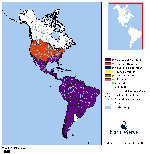
Enlarge Map
External Sites:
Cornell
USGS
Image Search
Majority of residents here by April 1st.
Number of Individuals Observed:16
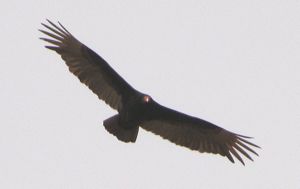
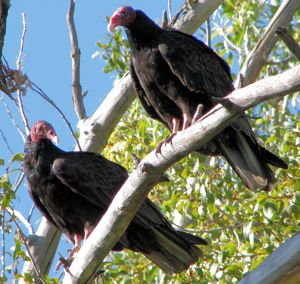
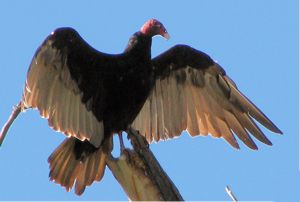
Sphyrapicus thyroideus
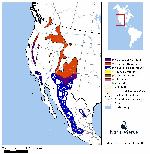
Enlarge Map
External Sites:
Cornell
USGS
Image Search
Male (not pictured) very distinctive. Click on Image Search for photos.
Number of Individuals Observed:1
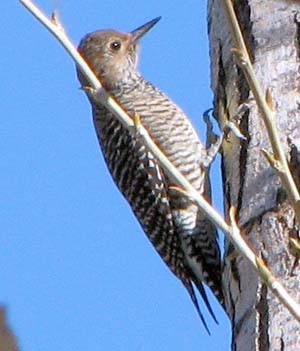
El Bosque, Dixon
Sphyrapicus nuchalis
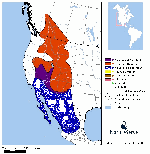
Enlarge Map
External Sites:
Cornell
USGS
Image Search
Number of Individuals Observed:2
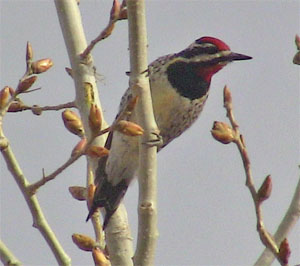
Orilla Verde, April 12, 2014 Enlarge
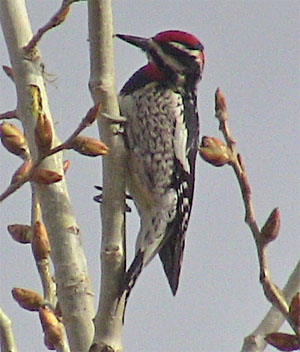
Orilla Verde, April 12, 2014 Enlarge
Colaptes auratus
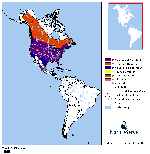
Enlarge Map
External Sites:
Cornell
USGS
Image Search
From below, shows red feather shafts in flight.
The upper photo shows key marks:
Black breast band.
Red feather shafts on underside of wings and tail.
Red mark under the eye indicates a male.
Female (middle photo): no red face mark.
Lower photo shows diagnostic white rump patch which is always visible in flight and sometimes visible when perched.
Number of Individuals Observed:17
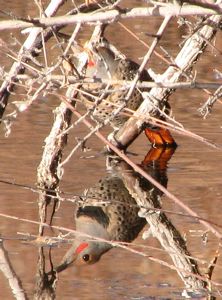
Cachanillas
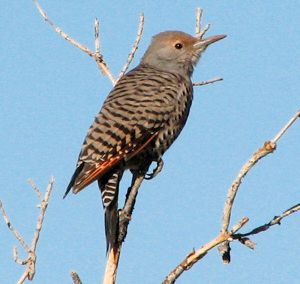
El Bosque
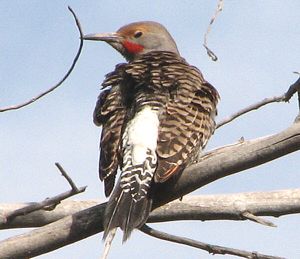
El Bosque
Vireo plumbeus
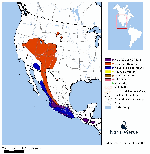
Enlarge Map
External Sites:
Cornell
USGS
Image Search
Number of Individuals Observed:2
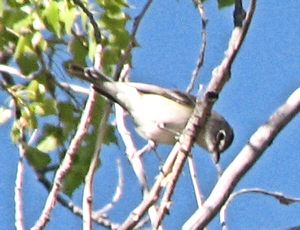
Rio Ojo Sarco
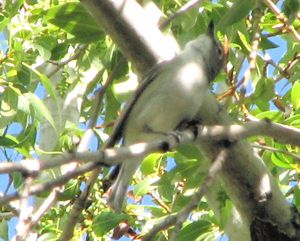
Rio Ojo Sarco
Aphelocoma californica
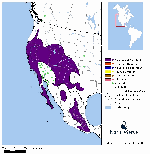
Enlarge Map
External Sites:
Cornell
USGS
Image Search
Note white throat and faint white eyebrow.
Also brownish-gray back.
Distinguished from the Pinyon Jay by longer tail and solitary behavior.
Number of Individuals Observed:4
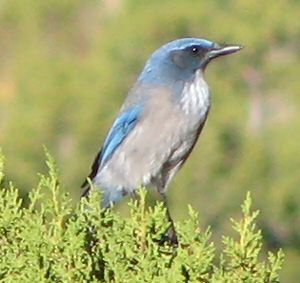
Arroyo la Mina
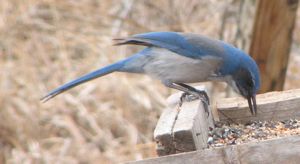
Cañoncito
Gymnorhinus cyanocephalus
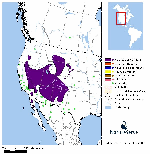
Enlarge Map
External Sites:
Cornell
USGS
Image Search
Flocks feed in harvested corn fields or on Piñon-Juniper Hillsides
Generally in flocks of 30-70 individuals.
Distinguished from Western Scrub-jay by shorter tail and by flocking behavior.
Number of Individuals Observed:12
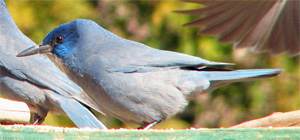
Apodaca
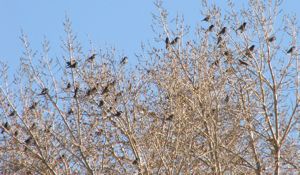
Apodaca
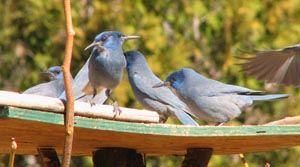
Apodaca
Pica hudsonia
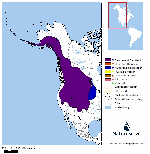
Enlarge Map
External Sites:
Cornell
USGS
Image Search
Number of Individuals Observed:3
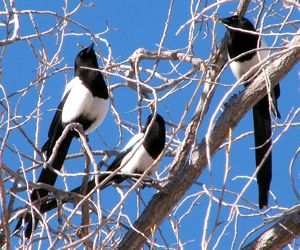
El Bosque
Corvus corax
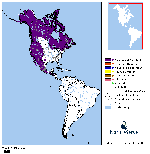
Enlarge Map
External Sites:
Cornell
USGS
Image Search
By sound, a throaty chortle or shout.
In flight, the tail often appears wedge shaped.
Ravens are often solitary, but sometimes appear with a few other individuals.
Often soars like a hawk. Crows do not.
Bill is thick and heavy. The throat is shaggy compared to the Crow.
Breeding pairs perform synchronized flight high overhead.
Number of Individuals Observed:1
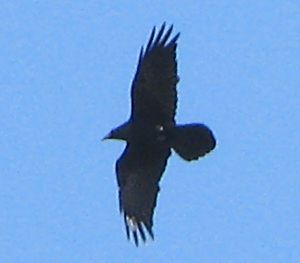
El Bosque
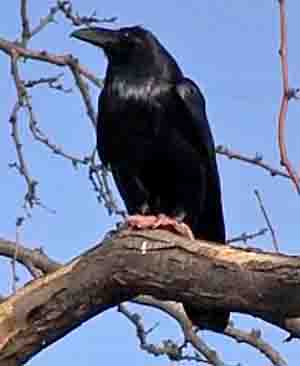
Camino de los Marquez, Santa Fe
Poecile atricapillus
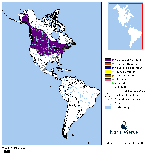
Enlarge Map
External Sites:
Cornell
USGS
Image Search
During breeding season, gives a high descending two pitched
fee-bee.
Number of Individuals Observed:1
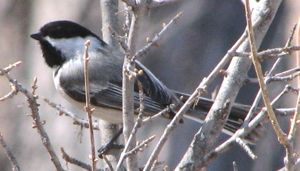
El Bosque
Poecile gambeli
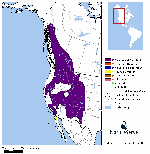
Enlarge Map
External Sites:
Cornell
USGS
Image Search
Mountain Chickadee has distinctive white eyebrow.
Sound: Fee-bee-bee instead of fee-bee.
Black on throat generally more extensive than shown here.
Number of Individuals Observed:1
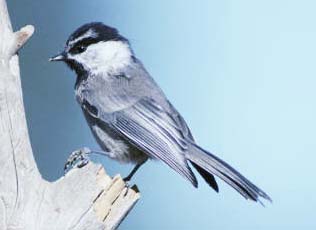
Photo: Dave Menke USFWS Oregon
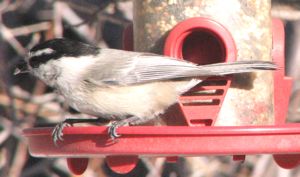
Dixon
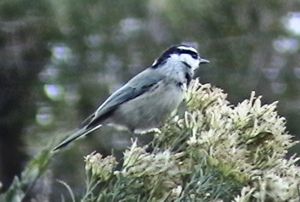
Pot Creek, Talpa, NM
Baeolophus ridgwayi
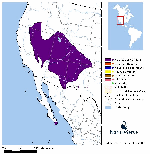
Enlarge Map
External Sites:
Cornell
USGS
Image Search
Some of its vocalizations similar to Chickadee.
Often detected by soft woodpecker-like tapping on branches.
Number of Individuals Observed:3
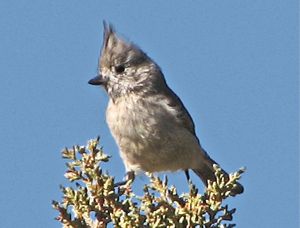
Camino Lejo, Santa Fe
Sitta carolinensis
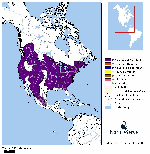
Enlarge Map
External Sites:
Cornell
USGS
Image Search
Relatively long, sharp bill.
Only local species that walks down tree trunks upside down.
Often heard at a distance: Rapidly repeated nasal "huh". Usually 5-8 sounds, all at same pitch.
Number of Individuals Observed:3
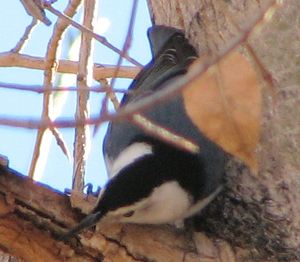
El Bosque
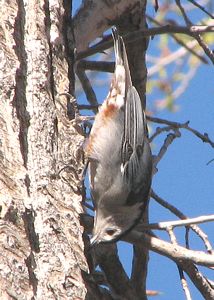
El Bosque
Regulus calendula
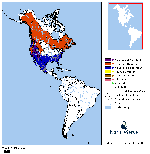
Enlarge Map
External Sites:
Cornell
USGS
Image Search
The species winters in the Dixon/Embudo area where it is usually heard before seen, making a harsh, attention getting "juh-juh" in shrubs and low trees along the Río Embudo.
Number of Individuals Observed:1
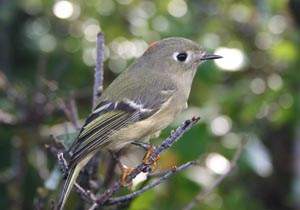
Photo: Donna Dewhurst USFWS Alaska
Sialia mexicana
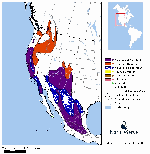
Enlarge Map
External Sites:
Cornell
USGS
Image Search
During breeding season, colors more intense than shown here.
Female (middle photo) has blue in wings, but appears gray from front with a light buffy breast.
Note white eye-ring.
Juvenile on left in lowest photo. Female on right.
Number of Individuals Observed:8
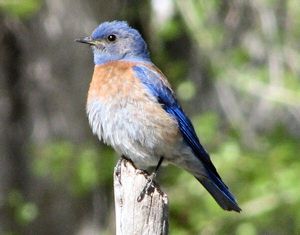
El Bosque
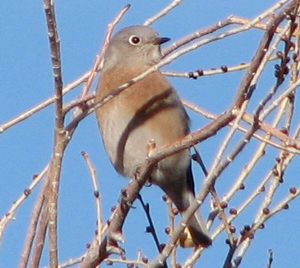
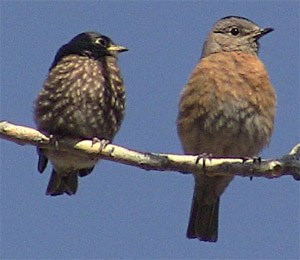
Rinconada Enlarge
Myadestes townsendi
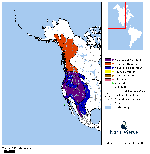
Enlarge Map
External Sites:
Cornell
USGS
Image Search
Gray all over with white on sides of tail.
Fluttery in flight, with cream-colored bands running the length of each wing on the underside.
Number of Individuals Observed:16
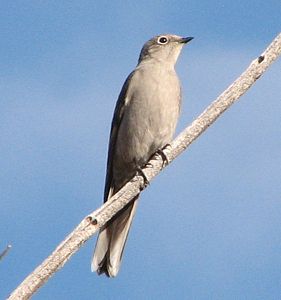
Turdus migratorius
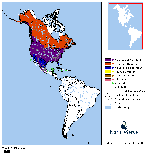
Enlarge Map
External Sites:
Cornell
USGS
Image Search
Note reddish breast, light colored bill and large white split eye-ring.
Number of Individuals Observed:118
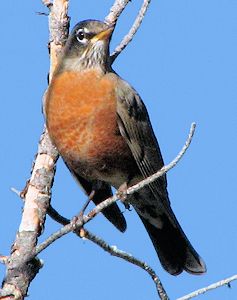
El Bosque
Bombycilla cedrorum
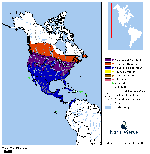
Enlarge Map
External Sites:
Cornell
USGS
Image Search
Number of Individuals Observed:20
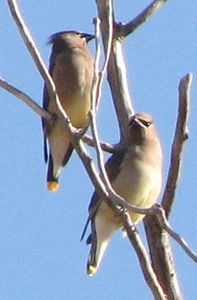
Río Ojo Sarco
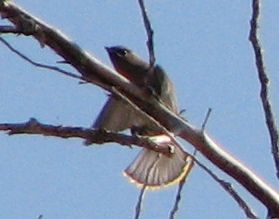
Río Ojo Sarco
Pipilo maculatus
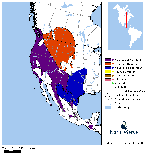
Enlarge Map
External Sites:
Cornell
USGS
Image Search
Occasionally you will see one at the edge of the road or briefly flying from one shrub to the next.
However, they regularly produce a contact call, a low growl.
Hear Contact Call
If you listen for that call and follow it, may be rewarded with a view of this lovely bird with a red eye.
Note white breast with rufous (reddish) flanks.
Lower Photo shows bird in its preferred habitat.
Number of Individuals Observed:5
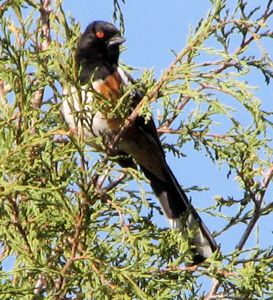
Arroyo la Mina
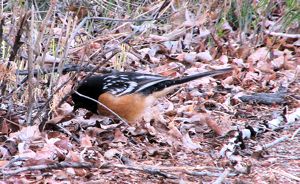
El Bosque Enlarge
Spizella passerina
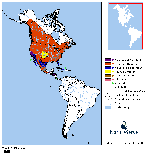
Enlarge Map
External Sites:
Cornell
USGS
Image Search
Number of Individuals Observed:2
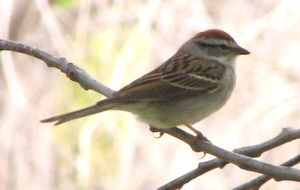
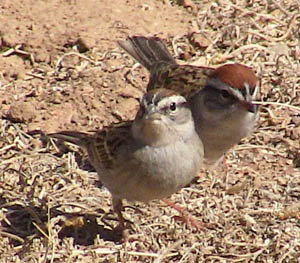
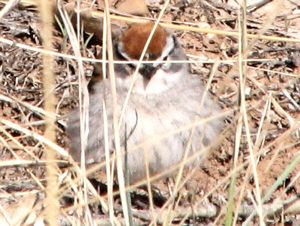
Carpodacus mexicanus
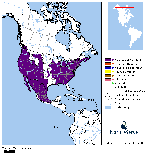
Enlarge Map
External Sites:
Cornell
USGS
Image Search
Male (upper picture) is easily identified by red plumage on head, throat, breast and rump.
Female (lower photo) does not have red.
Both sexes have streaking on breast, belly and flanks.
Number of Individuals Observed:9
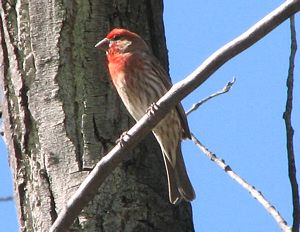
Arroyo La Mina
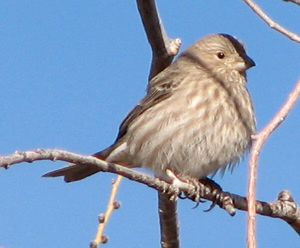
Arroyo La Mina
Carduelis pinus
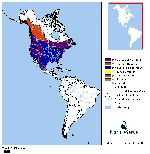
Enlarge Map
External Sites:
Cornell
USGS
Image Search
There is a subtle presence of yellow in the wings and at the base of the tail. The last, over saturated, photograph shows these markings.
Often gives a raspy, rising, slurred "shee".
Number of Individuals Observed:1
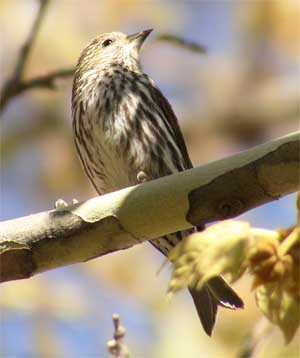
Downtown Santa Fe
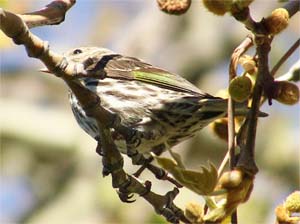
Downtown Santa Fe
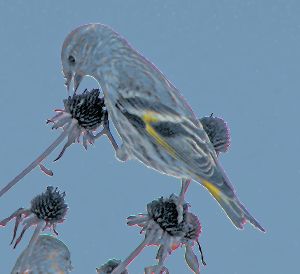
El Bosque
Carduelis psaltria
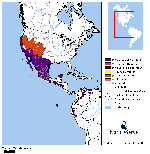
Enlarge Map
External Sites:
Cornell
USGS
Image Search
Number of Individuals Observed:2
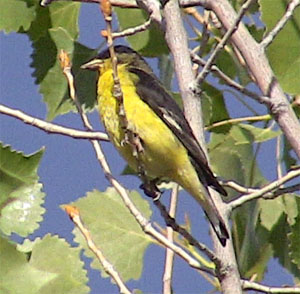
Dixon - June 7, 2014
